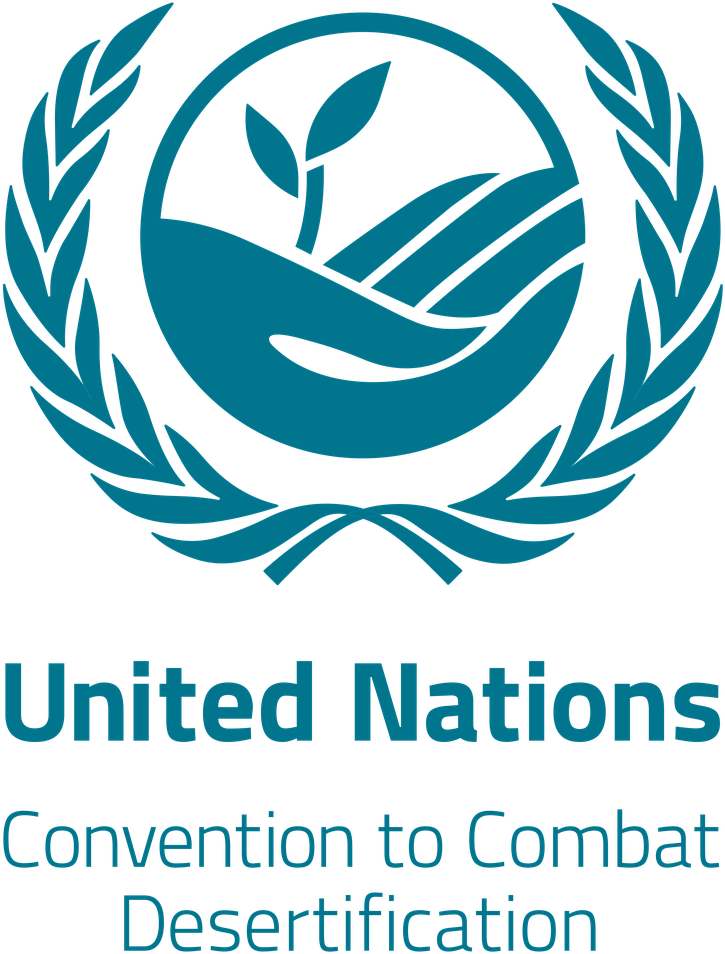A team you can build on!
We don’t want to hide this fantastic news from you. The first pictures speak for themselves… After a difficult start (Covid-19), our OZG team in Senegal made sure that May and June were fully used in the field.
At the end of this month, an additional 550 hectares of new forest will be sown. The technical report will follow later. The drone images are normally scheduled for next year, in January-March.
The half-moons (250 per ha) made by a Delfino plough retain about 300,000 litres of water per ha during the rainy season (July-September). Water that would be lost without this technique. Enough water (without irrigation) to germinate the seedlings to have at least 300 trees per ha after 5 years.
Scaling up x 3
During and after the rainy season, preparations are being made to plant 1500ha of new forest in the semi-arid areas before the rainy season of 2022. In this way, we want to intensify our efforts year after year to contribute to the construction of the “Great Green Wall” with our partners.
With this old plough (1984), we were able to do farm work (almost 800ha) in Senegal until June 2021. The plough is worn out and cannot make optimal half-moons anymore. So it is time for a new plough!
We are growing fast and therefore we want to buy a new Delfino plough with a good working mechanism to be able to work on larger surfaces.
Info (Source: Development Research Centre of the University of Bonn (ZEF))
| Every dollar invested into land restoration is found to yield between USD 1.5 and USD 4.2. Three years of CO2 sequestration return USD 0.15 for each dollar invested in planting. About ten years are needed for all land restoration activities to reach positive benefit-cost ratios from a social perspective. |
| Estimations were also made on returns from each dollar invested in restoring a degraded biome (e.g. barren land) to its former use (e.g. forest). For example, to restore barren or degraded land that was shrubland in 2001 back to shrubland after about 20 years would yield USD 1.0–17.0 for each dollar invested. |
Special thanks to: #OZGteamSenegal, #OZGteamBelgium, #ASERGMV, #DEFCCS, #DEEC
Voie aussi le team OZG



